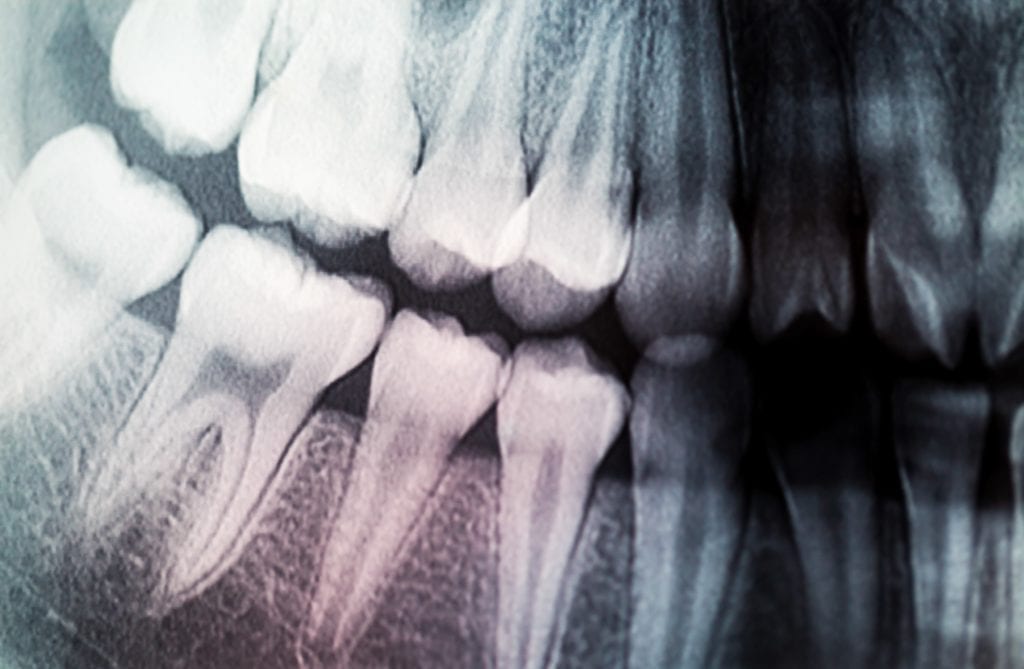Are there some things about your smile that you wish you could change? Most people have at least one tiny thing about their smile that they would like to fix. Yet, they may not think it is worth it to undergo cosmetic dental treatment to fix something so minor. In these cases, your dentist may recommend enamel contouring.

Enamel contouring is a simple procedure that reshapes your tooth enamel in order to correct minor imperfections. It is sometimes referred to as enameloplasty, teeth reshaping, or dental contouring. Although the primary method of enamel contouring is to remove enamel, there are some cases where a composite tooth-colored material may also be used to build up certain parts of the tooth.
When considering enamel contouring, your dentist will need to take dental x-rays. This allows them to determine the size, shape, and location of the dental pulp, as well as the thickness of your enamel. That way your dentist is sure to only remove minimal enamel during the procedure. Additionally, here are some things you should consider when deciding if enamel contouring is right for you:
The Type of Imperfection
Enamel contouring works best on certain types of tooth imperfections, specifically those that deal with size and shape. This is because enamel can be removed from teeth that appear longer than normal and reshaped from teeth that are oddly shaped. Enamel contouring can also be used to correct multiple teeth that are uneven in size and/or shape. In these cases, some teeth may be reduced in size, while others may be modified with composite material. Besides being used to correct problems associated with the shape or size of the teeth, contouring may also be used to remove areas where the teeth overlap. Correcting slight overlaps can help to improve your oral health by removing areas where plaque accumulates.
The Contouring Procedure
The enamel contouring procedure is exceptionally simple. Once your dentist has obtained dental x-rays, they will simply use a special tool to gently remove and reshape your tooth enamel. In most cases, the entire procedure takes only about a half an hour, however your appointment may take longer if composite material needs to be added. As an additional benefit, dental anesthetics are often not needed since the procedure only affects the outer layer of your tooth. In as little as one dental appointment, you can leave your dentist’s office with a new smile.
Enamel Does Not Grow Back
Once enamel has been removed, it will not grow back. This ultimately means that the results from your enamel contouring procedure are permanent. The only exception to this would be if you have composite material placed. Composite material will eventually need to be replaced around the 5-7 year mark.
Since enamel does not grow back, your dentist will only remove a small portion of your enamel during the contouring process. This is because removing too much tooth enamel can make your teeth weak and can increase their risk of developing tooth decay or becoming damaged. For this reason, enamel contouring works best for correcting minor imperfections. More severe imperfections may require different treatments, such as veneers.

Dr. Admar holds dual certificates — a Bachelor of Dental Surgery (BDS) in 2010 from India and a Doctor of Dental Surgery (DDS) in 2014 from Canada. He is now a full time practicing dentist in Kamloops where he provides a variety of services. Dr. Admar spends hundreds of hours in continued dental education to stay up to date in cosmetic and implant dentistry and he has achieved several advanced qualifications.


